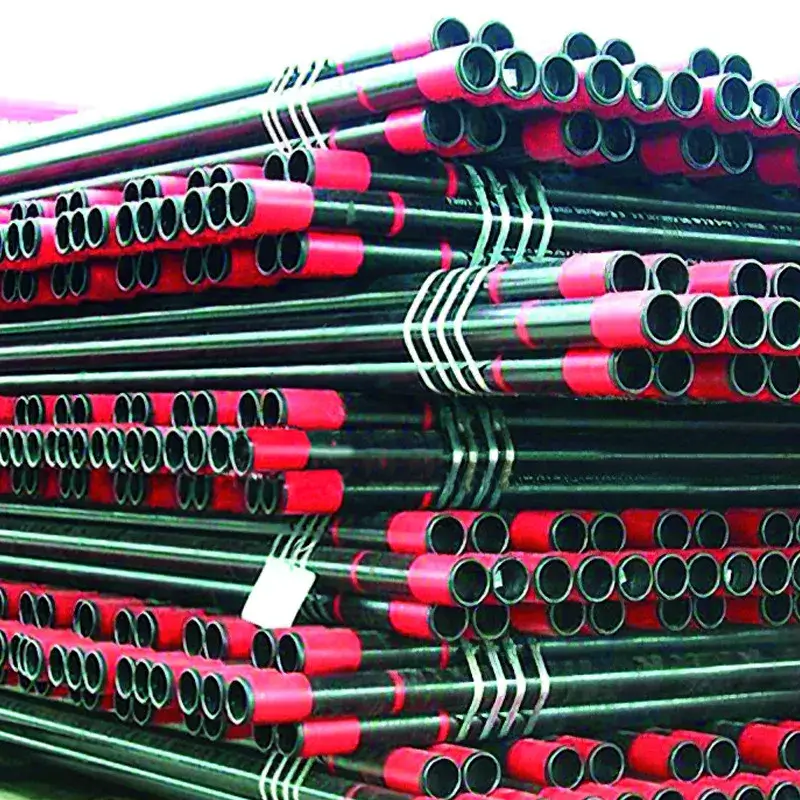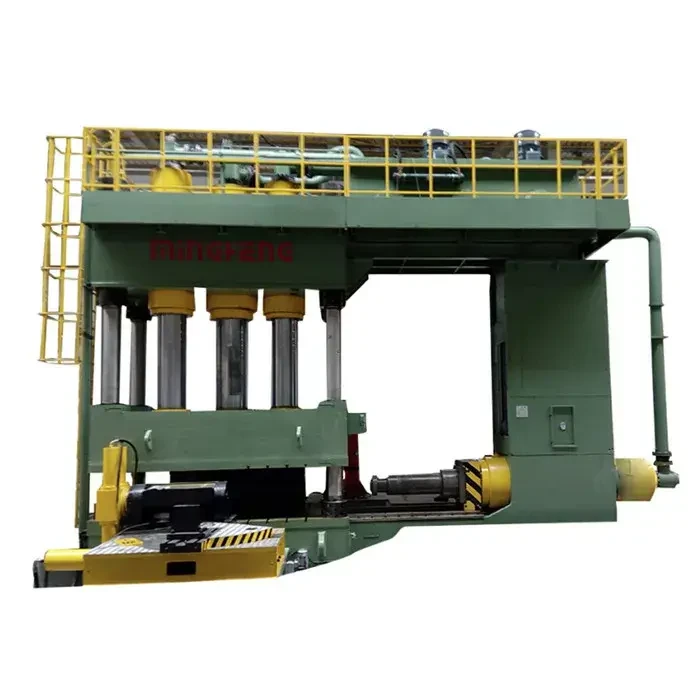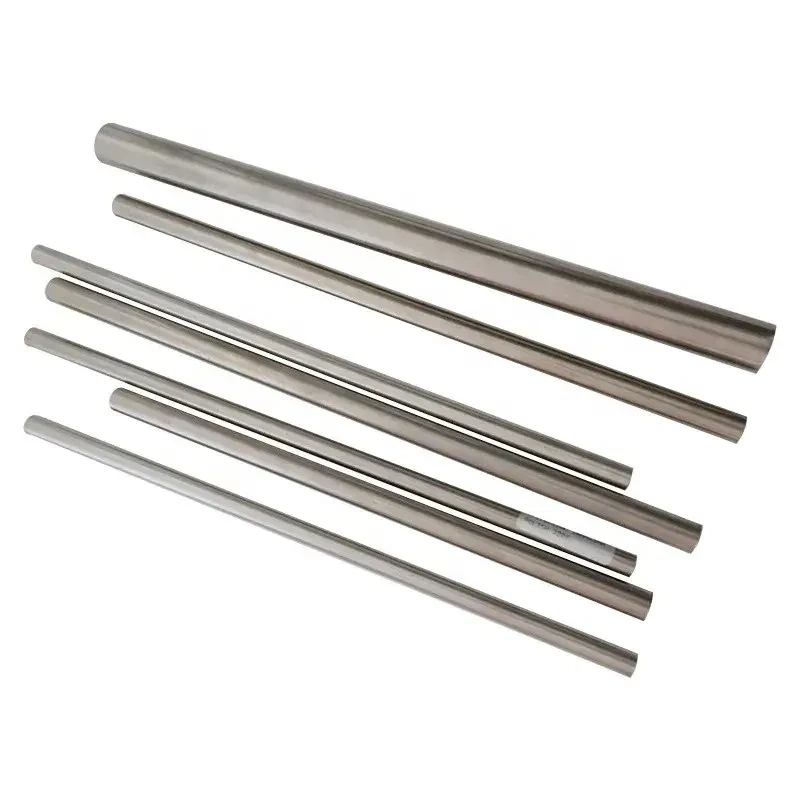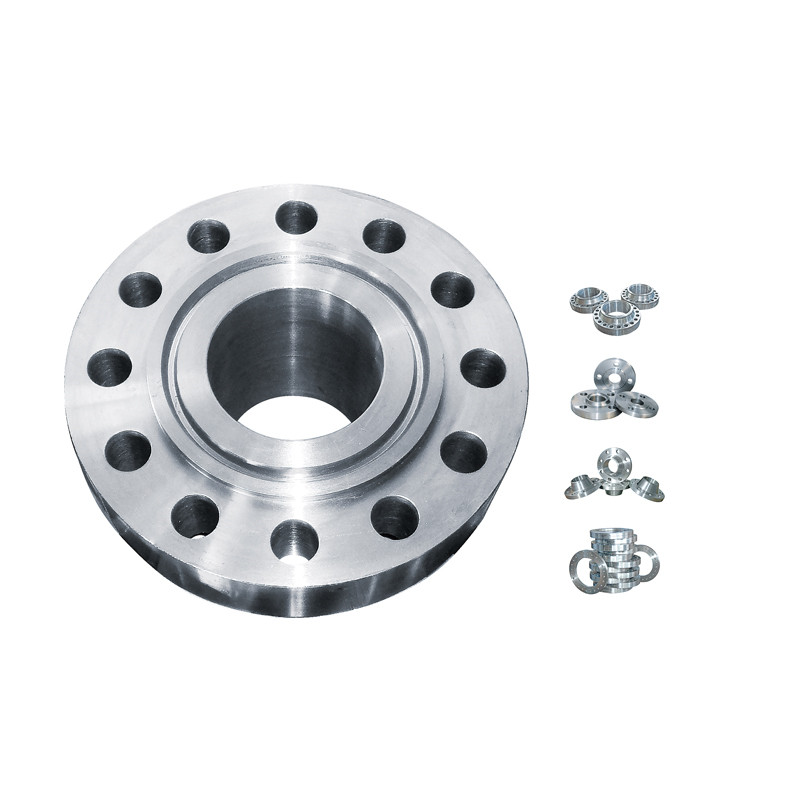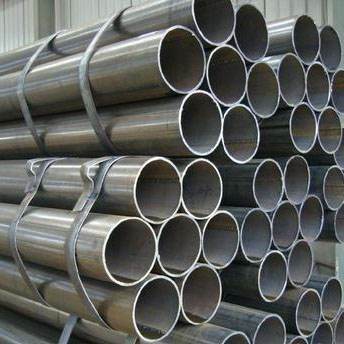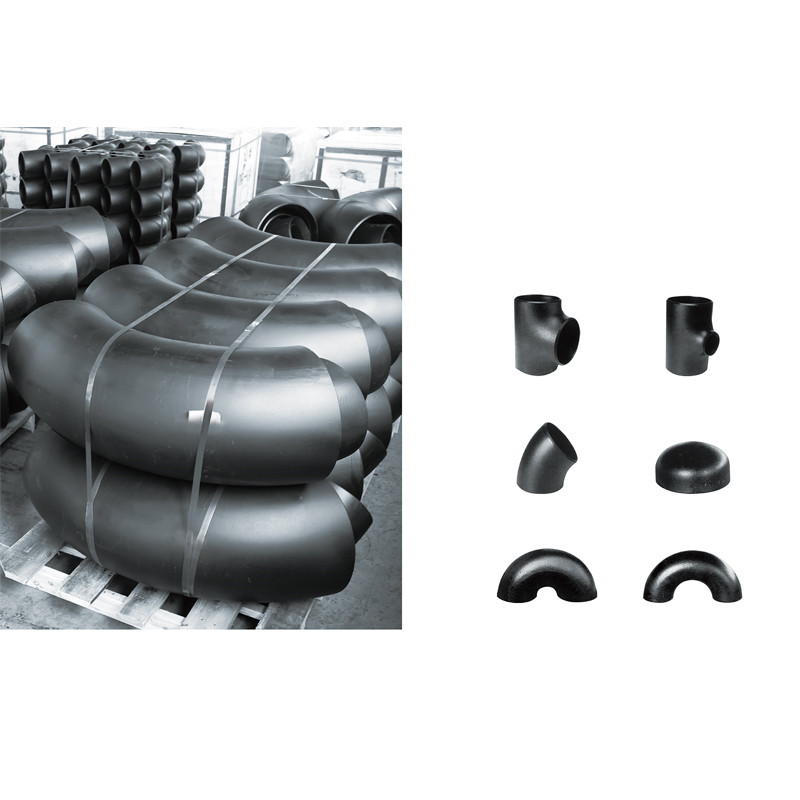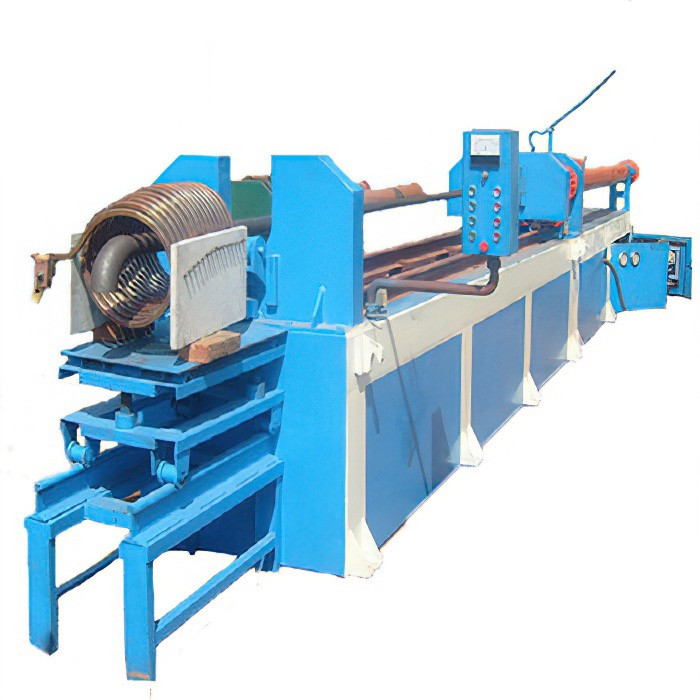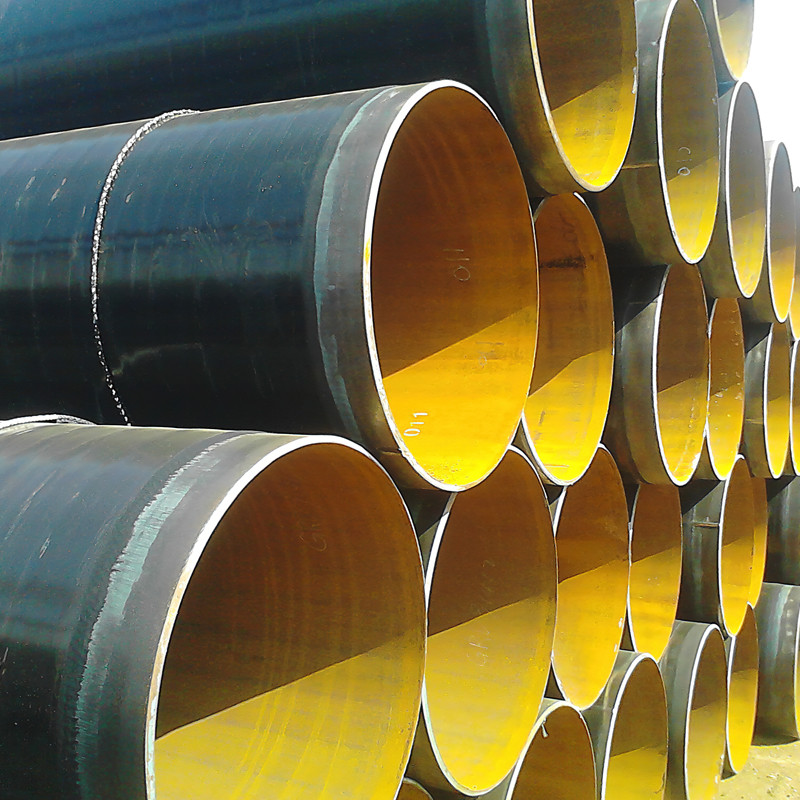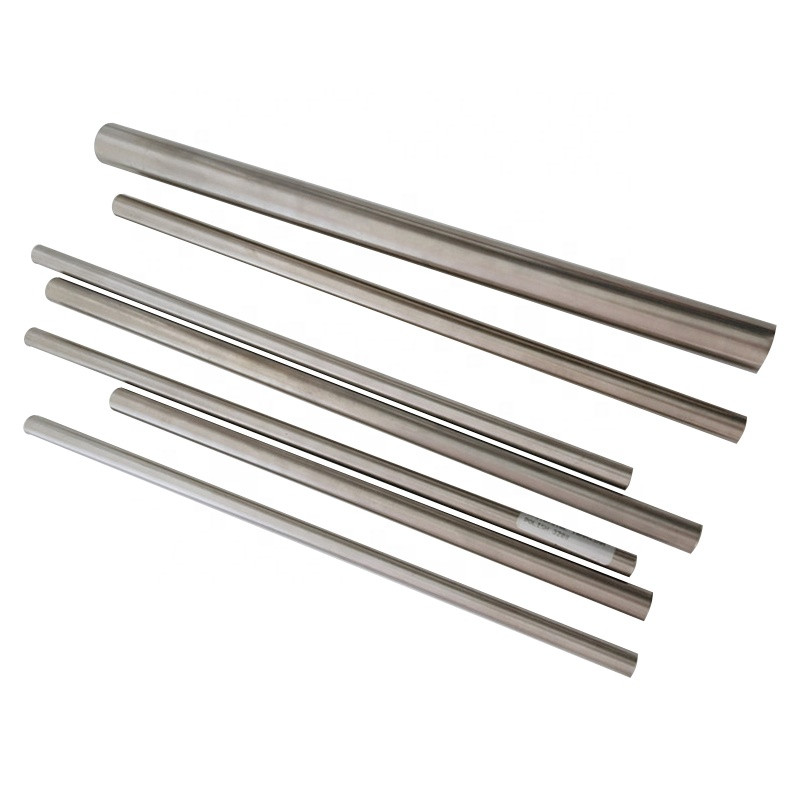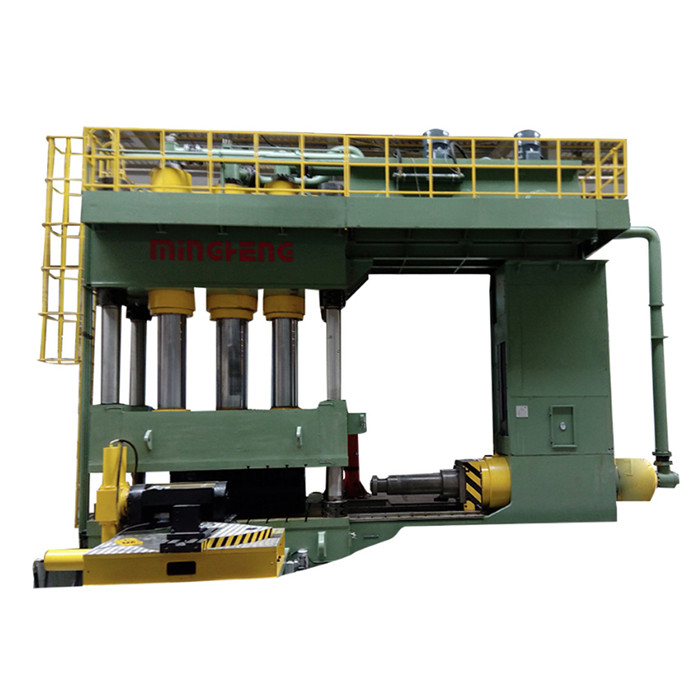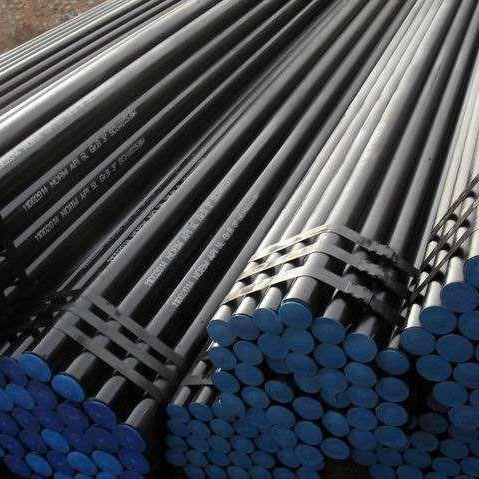Why Understanding the 4 Inch Metal Pipe Matters Globally
At first glance, a 4 inch metal pipe might just seem like another piece of industrial steel tubing. But, really, it’s an unsung hero in countless sectors across the globe. From delivering vital water supplies to industrial manufacturing and infrastructure projects, this size of pipe holds a sweet spot that balances durability, versatility, and cost. Grasping its importance isn’t just a niche engineering thing — it’s key to appreciating how the world moves liquids, gases, and even certain solids safely and efficiently.
Whether you're a project manager sizing the right components for a new plant, or just curious about how pipelines worldwide function, understanding the 4 inch metal pipe gives you insight into the bigger challenges of global infrastructure resilience and sustainability. Plus, with the push for greener materials and smarter manufacturing, knowing the ins and outs of these pipes is more consequential than ever.
The Global Context: Why 4 Inch Metal Pipes Are Critical Today
Globally, the figure is staggering. The World Steel Association estimates over 1.8 billion metric tons of steel are produced annually, much of which ends up in piping of various sizes. The 4 inch metal pipe often serves as a backbone in water distribution, oil and gas transport, and construction frameworks. The UN’s Sustainable Development Goals often highlight clean water and sustainable infrastructure — areas where reliable piping systems like these literally enable life and progress.
That said, challenges abound. Corrosion, logistical constraints in remote areas, and rising raw material costs keep engineers and procurement teams on their toes. This specific diameter pipes neatly bridge small-scale plumbing and large industrial conduits, making it a ubiquitous and strategically vital choice that often goes unnoticed.
What Exactly Is a 4 Inch Metal Pipe?
Simply put, a 4 inch metal pipe refers to a hollow cylinder made primarily of steel or other metals, with an inner diameter roughly four inches (~102 mm). It’s commonly either seamless or welded, with varying wall thicknesses to suit pressure requirements. It’s not just a tube though — it’s a reliable channel designed to transport fluids or gases, hold structural loads, or serve as casing in applications ranging from manufacturing to emergency water lines.
This pipe size features prominently in urban infrastructure, industrial plants, and even humanitarian efforts where rapid deployment of water supply or sanitation infrastructure is needed, allowing for quick setup of reliable flows under diverse conditions.
Key Factors That Define the Value of 4 Inch Metal Pipes
Durability and Strength
Manufactured typically from carbon steel, stainless steel, or galvanized steel, these pipes offer resistance to internal pressure and external stresses. Their strength lets engineers plan long-term projects where safety margins are non-negotiable.
Cost Efficiency
4 inch pipes strike a good balance between material cost and flow capacity. Not too small to restrict volume, nor too large to be wasteful, they’re favored especially when budgets and efficiency collide.
Corrosion Resistance
With proper coatings or material selection (stainless steel or galvanized), these pipes withstand harsh environments—from salty coastal air to chemically aggressive industrial zones.
Scalability and Compatibility
Their standardized dimensions make them compatible with a wide range of fittings, valves, and other plumbing components, easing integration a lot.
Ease of Installation
Thanks to manageable weight and size, 4 inch metal pipes can be transported and installed more quickly than thicker or larger alternatives — a true advantage when time is money.
Maintenance and Longevity
They generally require less upkeep with proper initial specifications, and many last multiple decades, given good design and environment conditions.
Mini takeaway: The blend of mechanical strength, corrosion protection, and cost makes the 4 inch metal pipe a practical choice across countless industries.
Real-World Applications of the 4 Inch Metal Pipe
4 inch metal pipes are the workhorses behind:
- Water supply systems: Urban distribution networks and rural water projects alike use these pipes to maintain constant, safe water flow.
- Oil and gas: Medium-scale pipelines and processing plants rely on these pipes for fuel transport and chemical injections.
- Construction and structural uses: Supporting scaffolding, framework, and sometimes even custom-fabricated components.
- Disaster relief and humanitarian operations: Organizations often deploy pre-fabricated piping solutions to rebuild water or sanitation infrastructure quickly. For example, after floods in Southeast Asia, rapid deployment of 4 inch metal pipes helped restore clean water channels.
- Industrial manufacturing zones: Harsh environments with corrosive chemicals use specially coated versions for process pipelines.
In regions like North America, Europe, and parts of Asia, these pipes are standard. Emerging markets in Africa and Latin America increasingly turn to them for infrastructure upgrades, often supported by international development agencies.
Advantages and Long-Term Value
Beyond initial cost savings, 4 inch metal pipes contribute to:
- Sustainability: Steel’s recyclability ensures pipes can be repurposed or melted down at end-of-life, tying nicely with circular economy goals.
- Social impact: Reliable piping means safer drinking water, better sanitation, and ultimately healthier, more resilient communities.
- Innovation and trust: The consistent quality and known performance allow engineers to innovate on broader system designs with confidence.
Sure, there’s an emotional side too — knowing those pipes deliver life-essential resources safely into homes and industries fosters a quiet kind of trust and comfort.
Looking Ahead: Future Trends and Innovations
The piping industry isn’t standing still: advancements include:
- Green manufacturing: Reduced carbon footprint through cleaner steel production and use of recycled content.
- Smart pipes: Embedded sensors can now monitor flow rates, pressure, and corrosion, enabling predictive maintenance.
- Advanced coatings: Development of nano-coatings that repel corrosion far better than traditional galvanization.
- Automation in installation: Robotics and drones are being trialed for pipe handling and inspection, especially in hazardous zones.
Integrating these developments will only enhance the reliability and sustainability of 4 inch metal pipe applications worldwide.
Common Challenges and How to Overcome Them
Of course, no product is flawless. Steel pipes can suffer from:
- Corrosion risks: Especially underground or submerged—the wrong environment can shorten lifespan.
- Logistical hurdles: Transporting bulky pipe segments to remote or disaster-hit areas.
- Installation difficulties: Skilled labor shortage in emerging markets sometimes delays deployment.
However, innovations like pre-fabricated, coated pipe bundles and modular assembly techniques, plus training initiatives coordinated by NGOs and governments, go a long way toward solving these issues.
4 Inch Metal Pipe: Product Specification at a Glance
| Specification | Typical Value |
|---|---|
| Outer Diameter (inches/mm) | 4.5 / 114.3 |
| Nominal Pipe Size | 4 inch |
| Wall Thickness Range | Schedule 40 to Schedule 80 (approx. 0.25" - 0.5") |
| Material Options | Carbon Steel, Stainless Steel, Galvanized Steel |
| Max Pressure Rating | Up to 1000 psi (depends on material and wall thickness) |
| Standard Length | 6m (20 ft) typical |
Vendor Comparison: Finding the Right Supplier
| Vendor | Price per Meter ($) | Material Options | Lead Time | Quality Certifications |
|---|---|---|---|---|
| GlobalSteel Inc. | 15 | Carbon, Galvanized | 2 weeks | ISO 9001, API 5L |
| SteelMakers Ltd. | 18 | Carbon, Stainless | 4 weeks | ISO 14001, ASTM A53 |
| Pipeline Pros | 14 | Carbon, Galvanized, Stainless | 3 weeks | API 5CT, ISO 9001 |
Frequently Asked Questions About 4 Inch Metal Pipes
Q1: What pressure ratings can typical 4 inch metal pipes handle?
A: It depends largely on the pipe’s wall thickness and material. For example, a Schedule 40 carbon steel pipe of 4 inch diameter typically withstands up to roughly 600 psi, while heavier schedules or stainless steel types can handle pressures exceeding 1000 psi in some cases. Always consult vendor specs for exact numbers.
Q2: How long does a 4 inch metal pipe last in outdoor environments?
A: Longevity depends on exposure conditions and protective coatings. Galvanized pipes may last 15-25 years outdoors, whereas stainless steel variants can often exceed 50 years. Regular maintenance and environmental factors such as humidity and pollutants matter a lot.
Q3: Can these pipes be easily connected to existing pipelines of different sizes?
A: Yes, through the use of reducers, couplings, and flanged adapters, 4 inch metal pipes can be integrated into larger or smaller diameter systems, allowing flexible use in retrofit or expansion projects.
Q4: Are 4 inch metal pipes suitable for potable water distribution?
A: Absolutely. When made from approved materials like stainless steel or properly lined carbon steel, they meet many municipal standards for potable water and are widely used in treatment plants and delivery networks.
Q5: How do I ensure the pipes meet international quality standards?
A: Look for vendors certified with ISO, API, ASTM, or equivalent standards. Request test certificates and compliance documents to verify the pipe’s chemical composition, mechanical properties, and manufacturing processes.
In Conclusion: Why the 4 Inch Metal Pipe Is a Smart Investment
Ultimately, the 4 inch metal pipe is more than an industrial staple — it’s a versatile, reliable conduit that enables vital services from clean water to fuel transport. Its blend of durability, cost-effectiveness, and adaptability makes it indispensable in both developed and developing regions. Keeping pace with innovation while addressing challenges like corrosion and logistics means this pipe remains a cornerstone of global infrastructure.
If you’re considering sourcing or upgrading piping components, or just want to learn more about how these critical materials shape our modern world, visit us at https://www.world-steelmaterial.com for detailed specs, supplier comparisons, and expert insights.
Final takeaway: Sometimes it’s the simplest tools — like a well-designed 4 inch metal pipe — that quietly keep the world flowing, and paying attention to them can open doors to smarter infrastructure planning.
References
Post time: Nov . 24, 2025 00:30



